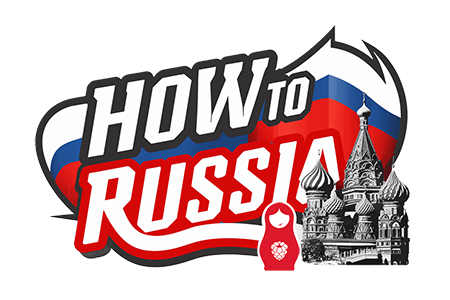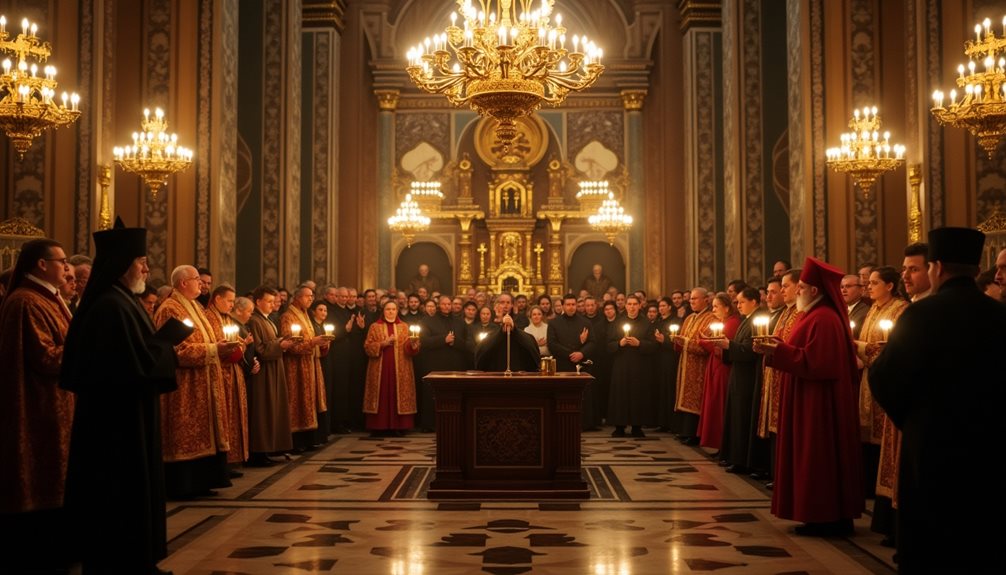Russia’s education system is characterized by rigorous curriculum standards, extensive instructional hours, and a strong commitment to equitable access for all students. These factors contribute to a high literacy rate and active parental involvement, which play a crucial role in supporting student achievement and overall educational quality. Such strengths highlight the system’s potential to foster positive academic and social outcomes.
Introduction
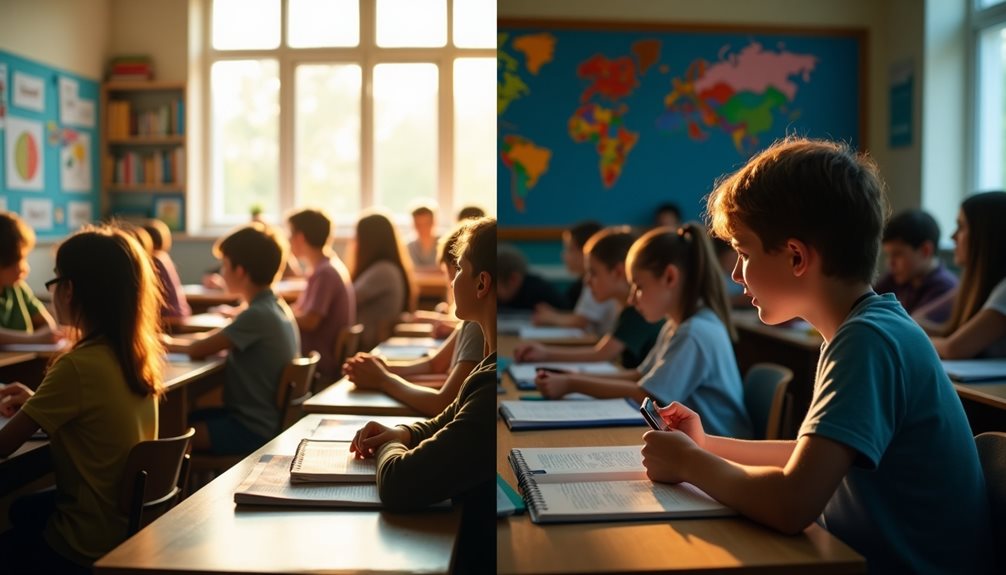
For families considering relocating to Russia, gaining insight into the country’s education system is essential, especially for those planning to enroll their children in public schools. Russian schools emphasize discipline, academic rigor, and a strong foundation in core subjects, supported by a centralized curriculum that ensures consistency nationwide. While newcomers may face challenges such as language barriers and cultural differences in educational approaches, Russia provides support systems to facilitate integration and success.
Parental involvement is highly valued in Russia, fostering a supportive environment that encourages student adjustment and achievement. By understanding these key elements, families can make well-informed choices about their children’s educational experiences in Russia.
Education is a cornerstone of national development, shaping future generations and contributing to socio-economic progress. Russia’s education system reflects a commitment to academic excellence, equity, and cultural values, backed by robust teacher training and active parental engagement. This framework creates an environment conducive to learning and personal growth.
![]()
Curriculum Rigor and Academic Achievement
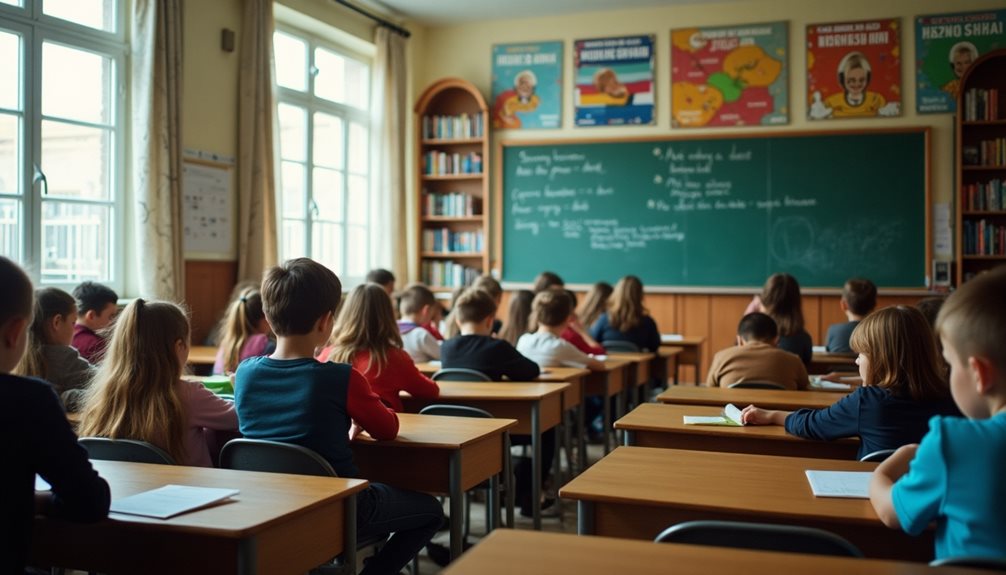
Russia’s education system is characterized by a rigorous and unified curriculum that places strong emphasis on mathematics, science, literature, and critical thinking. The Unified State Examination (USE) plays a crucial role in standardizing academic expectations and assessing student proficiency across the country. This consistency supports Russia’s strong performance in international assessments such as PIRLS and TIMSS, confirming the effectiveness of its educational strategies.
Unlike many systems with decentralized curricula, Russia’s centralized approach ensures that students across all regions receive a high-quality education. This consistency promotes equity and prepares students with the analytical skills needed for success in higher education and professional fields.
The system’s focus on foundational subjects combined with critical thinking development equips students to navigate an increasingly complex global landscape confidently.
Promoting Equal Access and Opportunity in Education in Russia
One of the key strengths of Russia’s education system lies in its strong commitment to ensuring equal access to quality education for all students, regardless of their socioeconomic background. This commitment is reflected in strategic government funding, resource allocation, and policies designed to reduce disparities and support diverse learners in reaching their full potential.
Key Features of Russia’s Approach
1. Consistent National Standards
Russia maintains a unified set of academic standards across the entire country. These standards are developed by the Ministry of Education and Science to ensure that every student, whether in a metropolitan area like Moscow or a remote region in Siberia, receives education based on the same rigorous curriculum. This uniformity helps prevent significant regional disparities in educational quality and outcomes.
2. Smaller Class Sizes and Student-Teacher Ratios
The average student-teacher ratio in Russian schools is approximately 16:1, which is relatively low compared to many other countries. Smaller class sizes allow teachers to provide more individualized attention, tailor instruction to students’ needs, and better support those who may require additional help. This fosters a more inclusive and supportive learning environment for all students.
3. Inclusive and Supportive Learning Environments
Russian education policy emphasizes inclusion, integrating students with different learning abilities and backgrounds into mainstream classrooms whenever possible. Special education resources and support services are provided to assist students with disabilities or learning difficulties. Additionally, schools often implement programs to support children from minority groups, including indigenous populations and migrants, ensuring their cultural and linguistic needs are respected.
4. Strategic Funding and Resource Allocation
The Russian government dedicates substantial budgetary resources to education, aiming to reduce inequalities. Funding formulas often take into account the specific needs of schools in disadvantaged areas to ensure they receive additional support. Investments extend beyond infrastructure to include technology access, teacher training, and extracurricular opportunities, which contribute to leveling the playing field.
5. Nationwide Access to Early Childhood Education
Access to early childhood education is recognized as crucial for long-term equity. Russia provides widespread availability of preschool programs, which prepare children for primary education and help bridge gaps caused by socioeconomic differences from an early age.
Comparison with Other Systems
Unlike some countries where large disparities in school funding and resources lead to unequal learning outcomes, Russia’s centralized approach limits such disparities. By enforcing consistent standards and providing targeted support, the system aims to foster fairness and nurture talent across all social strata.
Impact on Society
This emphasis on equity contributes to high literacy rates and a well-educated workforce that supports Russia’s social and economic development. By promoting equal opportunities in education, Russia works toward reducing social inequalities and enabling individuals from all backgrounds to contribute meaningfully to society.
![]()
Instruction Hours and Workload
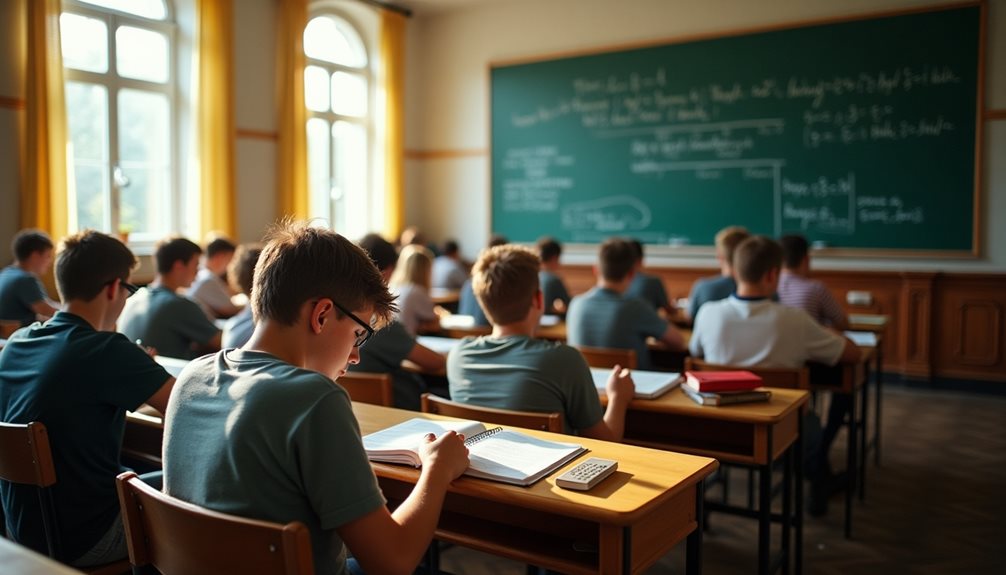
Russian students typically experience longer school days—approximately 8 to 10 hours over six days weekly—reflecting the country’s dedication to thorough education. This extended schedule allows for deep exploration of subjects alongside extracurricular activities that promote well-rounded development.
Teachers play an essential role in balancing rigorous academic demands with student well-being, helping cultivate discipline, critical thinking, and problem-solving skills. These qualities prepare learners for future challenges both academically and professionally.
While other countries may offer shorter school days, Russia’s model reflects cultural values prioritizing comprehensive preparation and resilience through sustained study efforts.
Tertiary Education Success
Russia boasts a strong tertiary education system known for combining theoretical knowledge with practical skills. Universities provide comprehensive support services such as academic counseling and mentorship programs, enhancing student readiness for career success.
Many Russian institutions enjoy international recognition and foster global academic partnerships, expanding opportunities for students to gain diverse perspectives and competitive advantages.
With a tertiary enrollment rate around 82%, Russia emphasizes accessibility through free or subsidized higher education options. This inclusivity promotes broad participation across socioeconomic groups, making advanced education attainable for many.
Literacy Rates and Educational Outcomes
Literacy rates in Russia are among the highest globally, reaching approximately 99.7%. This achievement stems from effective early literacy initiatives and the integration of educational technologies that support student learning from an early age.
According to global rankings such as those by Bloomberg, Russia ranks third in higher education quality worldwide—a testament to the strength of its academic institutions and ongoing commitment to excellence.
Key Statistics at a Glance
| Metric | Russia | United States |
|---|---|---|
| Public School Enrollment | ~17.8 million | ~49.6 million |
| Student-Teacher Ratio | ~16:1 | Varies; generally higher |
| Instruction Hours | 8–10 hours/day, 6 days/week | 6–7 hours/day, 5 days/week |
| Literacy Rate | ~99.7% | ~99%, with demographic disparities |
| Tertiary Enrollment | ~82% | High but with cost barriers |
| International Assessment | Strong performance in PIRLS, TIMSS | Mixed results; variability by region |
Conclusion
Russia’s education system demonstrates a strong commitment to academic rigor, equity, and comprehensive student development. Its centralized curriculum ensures consistent quality nationwide, while extended instructional hours support deep learning and skill acquisition. The high literacy rates and internationally recognized tertiary institutions further highlight the system’s effectiveness.
While different countries adopt diverse educational approaches reflecting their unique values and priorities, Russia’s model offers clear strengths in fostering disciplined, knowledgeable, and prepared students. Families considering educational options will find that Russia provides a structured environment geared toward academic success and personal growth.
